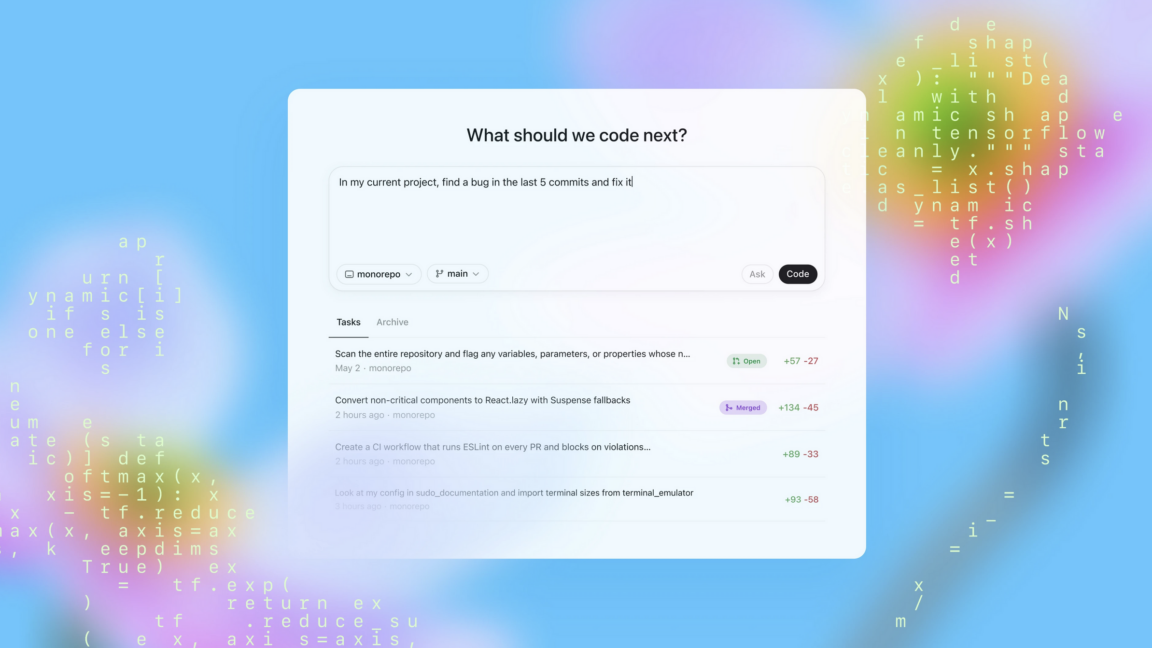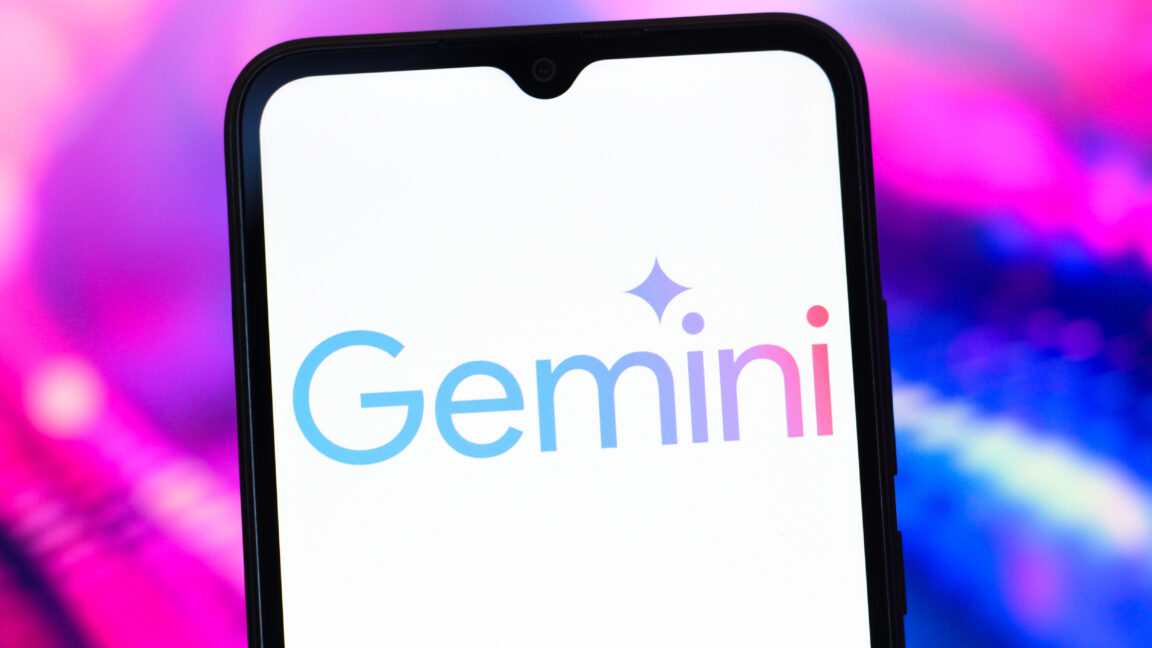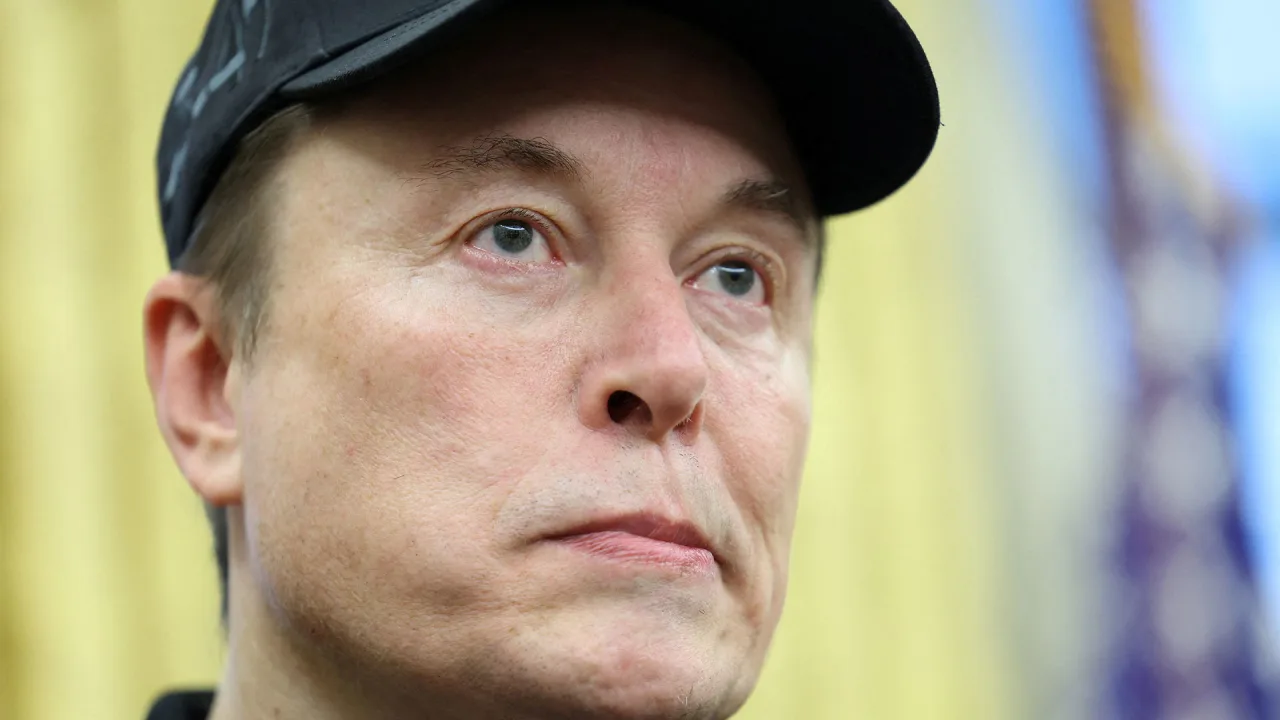For this CVS Health developer, making tech more accessible is personal
Cory Joseph has been blind since birth. So he’s among the people Apple aims to serve with an addition to its App Store called “Accessibility Nutrition Labels,” one of a raft of features the company announced earlier this week to mark Global Accessibility Awareness Day. Once the labels go live later this year, each app’s listing will detail the accessibility features it supports, such as the VoiceOver screen reader, voice input, options to adjust text size and screen contrast, and captioned audio. These enabling technologies can be the difference between an app being essential and unusable: “Having this level of transparency from the App Store is huge,” says Joseph. He isn’t just one of the users who will benefit from that information, though. As a principal accessibility solutions architect at CVS Health, Joseph is in the business of making sure software works for everybody. Given his employer’s scale—it’s the world’s second-largest healthcare company by revenue and reaches 100 million people a day—it’s a job with the potential for deep real-world impact. When using CVS’s apps, “everyone’s trying to find the best care, and we want to make sure that’s barrier-free for everyone,” explains Joseph. The 6-year-old team he’s on has been responsible for achievements that go well beyond taking advantage of the core accessibility features offered by Apple and other platform providers. Spoken Rx uses RFID technology to identify prescription meds and read the vital details about them out loud. [Photo: Courtesy of CVS] In 2020, for instance, the company introduced a CVS Pharmacy app feature called Spoken Rx—“a baby of mine,” Joseph says. Special radio-frequency identification (RFID) labels on prescription containers enable it to read aloud vital information such as dosage instructions. CVS Health has also made some of its investments in accessibility freely available to other developers by open-sourcing them, including iOS and Android code, an automated system for testing website usability, and tools for annotating web designs in Figma. As a field, accessibility has come a long way since Apple first dedicated a team to it, initially known as the Office of Special Education. Over 40 years, the company has built a wealth of functionality into its products to facilitate their use by people with disabilities, including the technologies that make the iPhone useful even if you can’t see its touchscreen interface. Some of its recent advances, such as on-device generation of custom synthetic voices, would have been unimaginable just a few years ago. This week’s announcements even include support for brain-computer interfaces. By contrast, there’s nothing gee-whizzy about the Accessibility Nutrition Labels themselves. They just summarize the features that a given app has enabled. But by doing that in such a straightforward, prominent way, they’ll not only aid millions of users but also give some glory to the software makers who take accessible design seriously. Rather than be embarrassed by listings that make their lack of effort obvious, developers who don’t yet have much to brag about might finally get with the program. Accessibility Nutrition Labels will clearly indicate which features for inclusive design an app supports. [Photo: Apple] Joseph hopes that the labels’ associations are only positive. “It’s easy to think about this sort of thing as a badge of shame, and I think that’s not the right way to think about this,” he told me. “This is an opportunity for independent developers, large organizations, and everyone in between to highlight the good work they do.” Even though Joseph works for a company that has dedicated significant mindshare and money to that good work, he’s up front about the obstacles to rapid progress that large companies face, even when they have all the right intentions. “I would be lying if I said that there aren’t challenges,” he told me. “We’re a gigantic organization. There are challenges in every gigantic organization. Of course, we balance all of our work and plan everything out as best as we can, and we deliver the most successful experience that we can across our applications.” The good news, he adds, is that CVS Health-size resources aren’t necessary to make software accessible. “Realistically, it’s easier for smaller developers,” he says. “They can move more quickly, they can update their code faster, and they can adapt to and take in their user feedback in real time and make those changes by engaging directly. For independent and smaller developers, this shouldn’t be a burden.” I find that take heartening. And if Joseph is right that app creators don’t have to be humongous to get inclusive design right, Accessibility Nutrition Labels will soon prove it. You’ve been reading Plugged In, Fast Company’s weekly tech newsletter from me, global technology editor Harry McCracken. If a friend or colleague forwarded this edition to you—or if you’re reading it on

Cory Joseph has been blind since birth. So he’s among the people Apple aims to serve with an addition to its App Store called “Accessibility Nutrition Labels,” one of a raft of features the company announced earlier this week to mark Global Accessibility Awareness Day.
Once the labels go live later this year, each app’s listing will detail the accessibility features it supports, such as the VoiceOver screen reader, voice input, options to adjust text size and screen contrast, and captioned audio. These enabling technologies can be the difference between an app being essential and unusable: “Having this level of transparency from the App Store is huge,” says Joseph.
He isn’t just one of the users who will benefit from that information, though. As a principal accessibility solutions architect at CVS Health, Joseph is in the business of making sure software works for everybody. Given his employer’s scale—it’s the world’s second-largest healthcare company by revenue and reaches 100 million people a day—it’s a job with the potential for deep real-world impact.
When using CVS’s apps, “everyone’s trying to find the best care, and we want to make sure that’s barrier-free for everyone,” explains Joseph. The 6-year-old team he’s on has been responsible for achievements that go well beyond taking advantage of the core accessibility features offered by Apple and other platform providers.

In 2020, for instance, the company introduced a CVS Pharmacy app feature called Spoken Rx—“a baby of mine,” Joseph says. Special radio-frequency identification (RFID) labels on prescription containers enable it to read aloud vital information such as dosage instructions. CVS Health has also made some of its investments in accessibility freely available to other developers by open-sourcing them, including iOS and Android code, an automated system for testing website usability, and tools for annotating web designs in Figma.
As a field, accessibility has come a long way since Apple first dedicated a team to it, initially known as the Office of Special Education. Over 40 years, the company has built a wealth of functionality into its products to facilitate their use by people with disabilities, including the technologies that make the iPhone useful even if you can’t see its touchscreen interface. Some of its recent advances, such as on-device generation of custom synthetic voices, would have been unimaginable just a few years ago. This week’s announcements even include support for brain-computer interfaces.
By contrast, there’s nothing gee-whizzy about the Accessibility Nutrition Labels themselves. They just summarize the features that a given app has enabled. But by doing that in such a straightforward, prominent way, they’ll not only aid millions of users but also give some glory to the software makers who take accessible design seriously. Rather than be embarrassed by listings that make their lack of effort obvious, developers who don’t yet have much to brag about might finally get with the program.
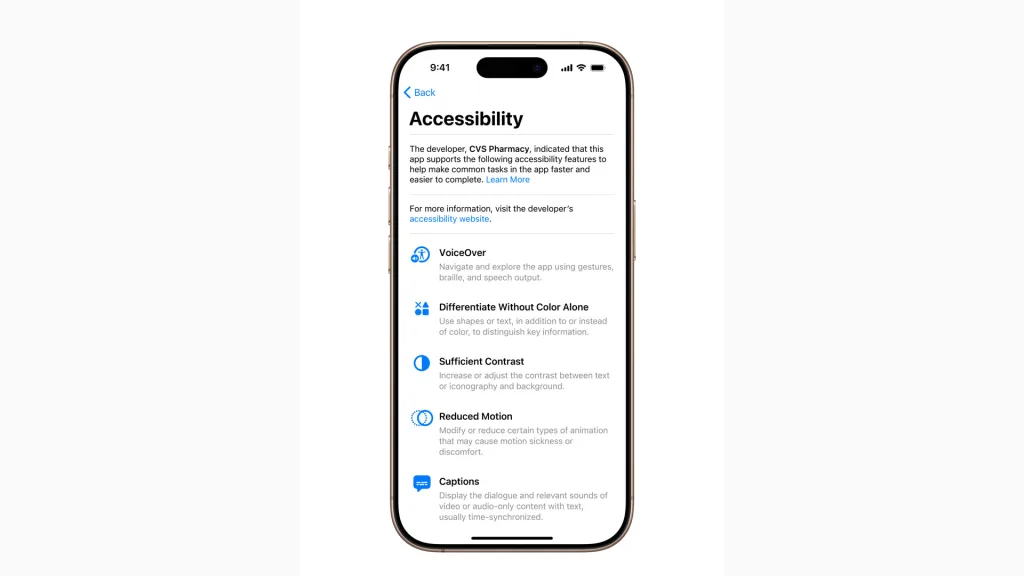
Joseph hopes that the labels’ associations are only positive. “It’s easy to think about this sort of thing as a badge of shame, and I think that’s not the right way to think about this,” he told me. “This is an opportunity for independent developers, large organizations, and everyone in between to highlight the good work they do.”
Even though Joseph works for a company that has dedicated significant mindshare and money to that good work, he’s up front about the obstacles to rapid progress that large companies face, even when they have all the right intentions. “I would be lying if I said that there aren’t challenges,” he told me. “We’re a gigantic organization. There are challenges in every gigantic organization. Of course, we balance all of our work and plan everything out as best as we can, and we deliver the most successful experience that we can across our applications.”
The good news, he adds, is that CVS Health-size resources aren’t necessary to make software accessible. “Realistically, it’s easier for smaller developers,” he says. “They can move more quickly, they can update their code faster, and they can adapt to and take in their user feedback in real time and make those changes by engaging directly. For independent and smaller developers, this shouldn’t be a burden.”
I find that take heartening. And if Joseph is right that app creators don’t have to be humongous to get inclusive design right, Accessibility Nutrition Labels will soon prove it.
You’ve been reading Plugged In, Fast Company’s weekly tech newsletter from me, global technology editor Harry McCracken. If a friend or colleague forwarded this edition to you—or if you’re reading it on FastCompany.com—you can check out previous issues and sign up to get it yourself every Friday morning. I love hearing from you: Ping me at hmccracken@fastcompany.com with your feedback and ideas for future newsletters. I’m also on Bluesky, Mastodon, and Threads, and you can follow Plugged In on Flipboard.
More top tech stories from Fast Company
Donald Trump says he’s our ‘crypto president,’ but he’s tanking its best shot at adoption
The president’s deep involvement in the crypto industry is raising red flags in Washington, leading to the collapse of a key stablecoin bill. Read More →
AI is printing the rocket engine that could beat SpaceX at its own game
Leap 71 is developing AI to build rocket engines faster and cheaper than ever before. Read More →
Couples are saying ‘I do’ in ‘Minecraft’ as virtual weddings become more popular
More couples are tying the knot in digital worlds, saving money and celebrating love in the places they met online. Read More →
Apple teams up with a brain-computer startup to turn thoughts into device control
The tech giant is working with Synchron to develop neural interfaces that let users control Apple devices with their brains. Read More →
Meta is building a new data center in Louisiana—and this Senate committee wants to know why it’s being powered by gas (exclusive)
The local utility says Meta’s AI data center requires three new natural gas plants. The Senate Environment and Public Works Committee is asking how this fits with Meta’s climate goals. Read More →
These 5 free AI-powered Chrome extensions make Gmail so much better
Significantly improve your Gmail experience without breaking the bank.
Read More→






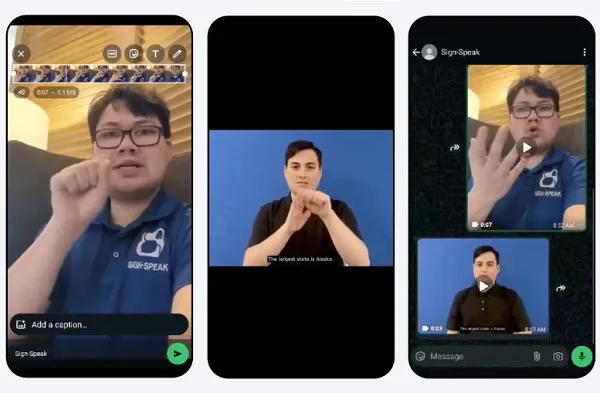


















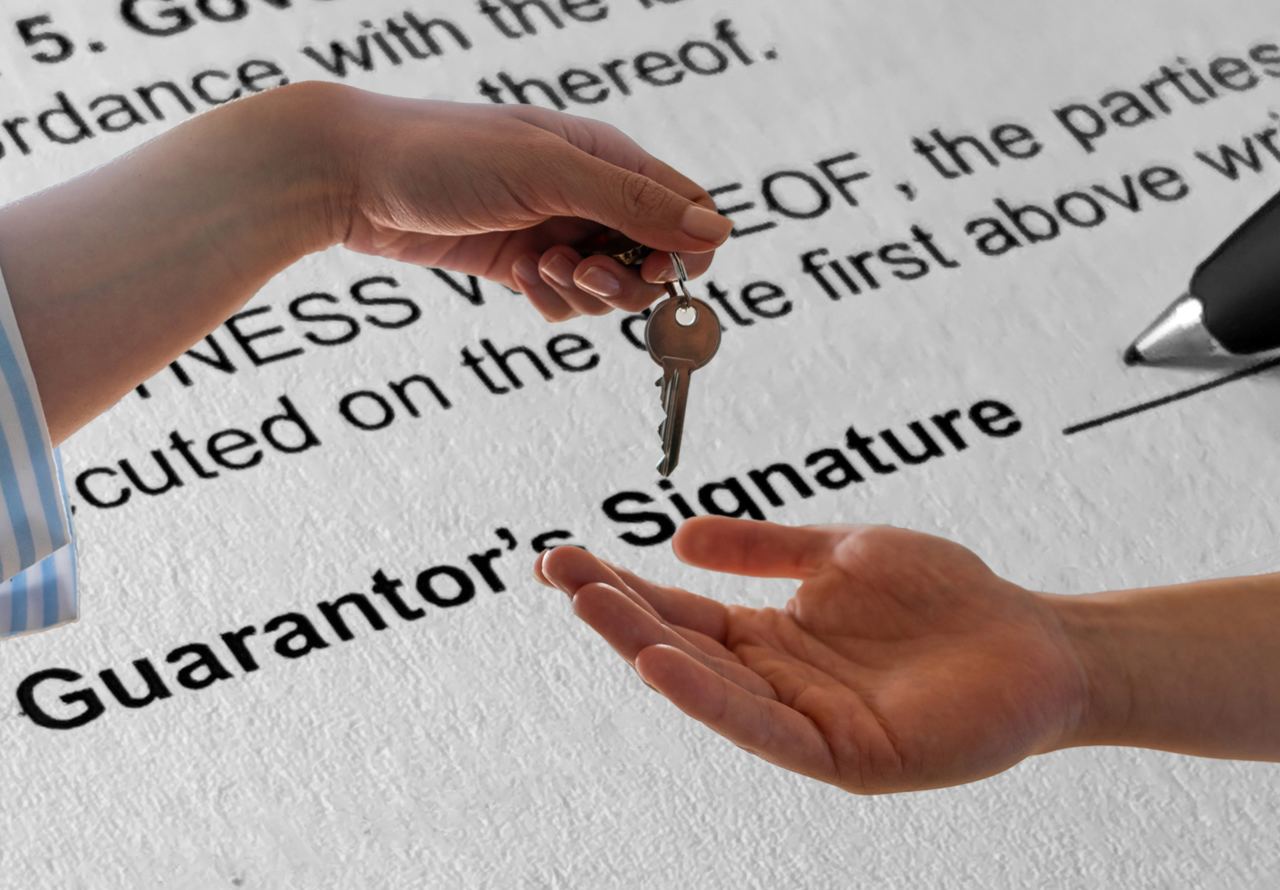





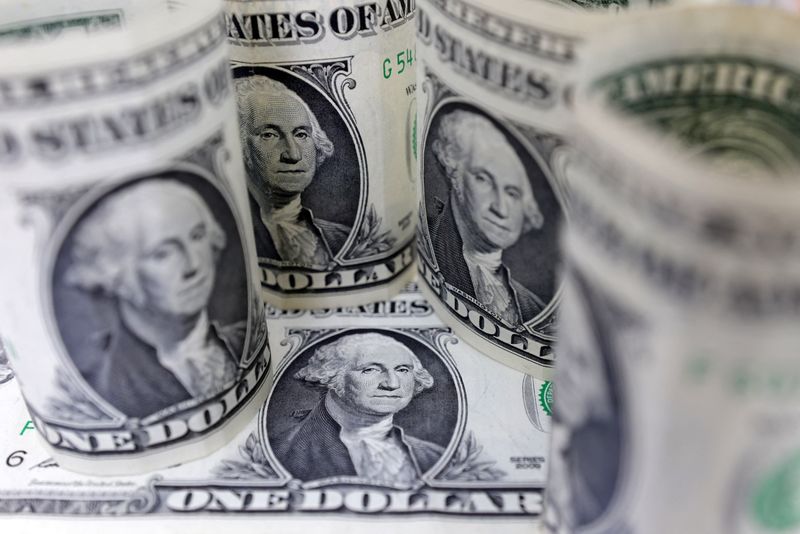
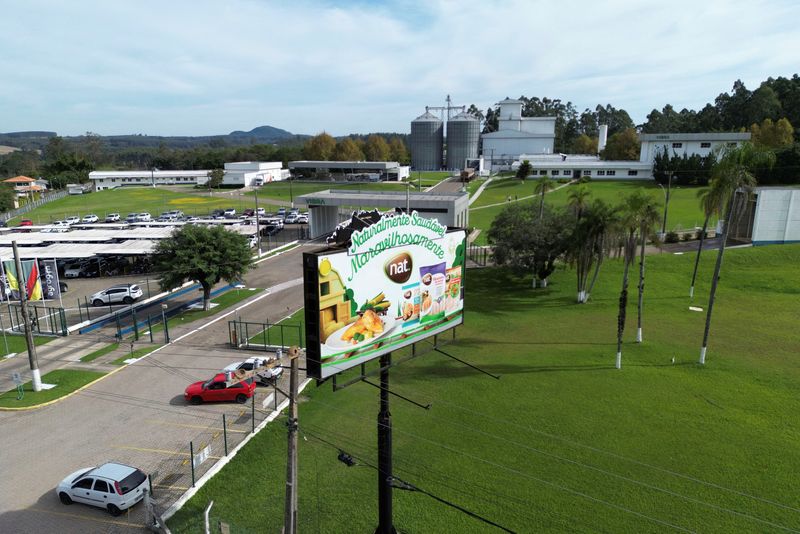

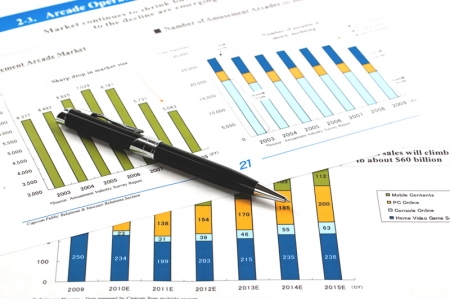








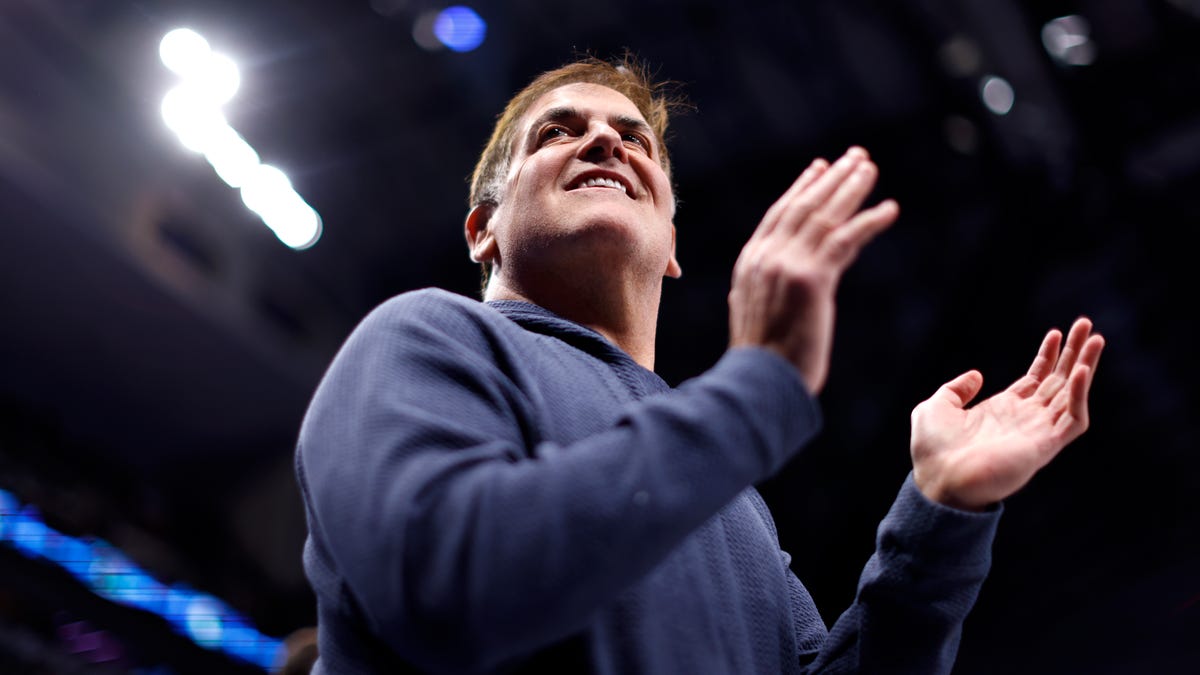
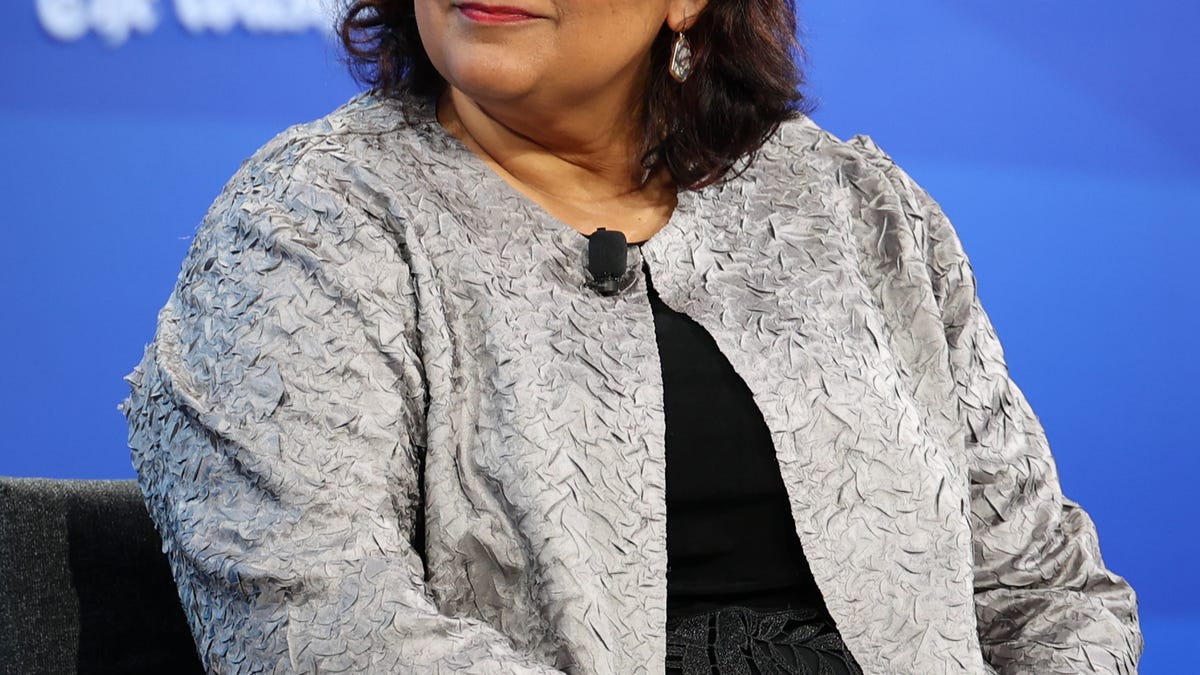




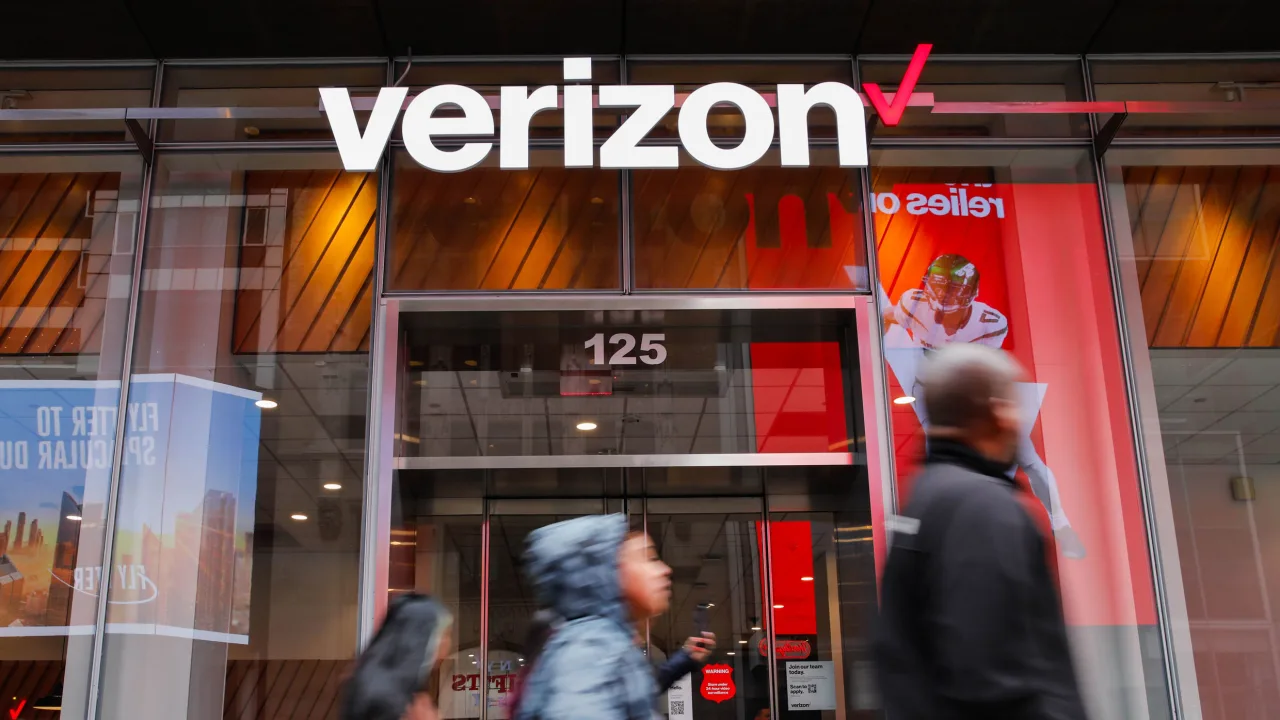
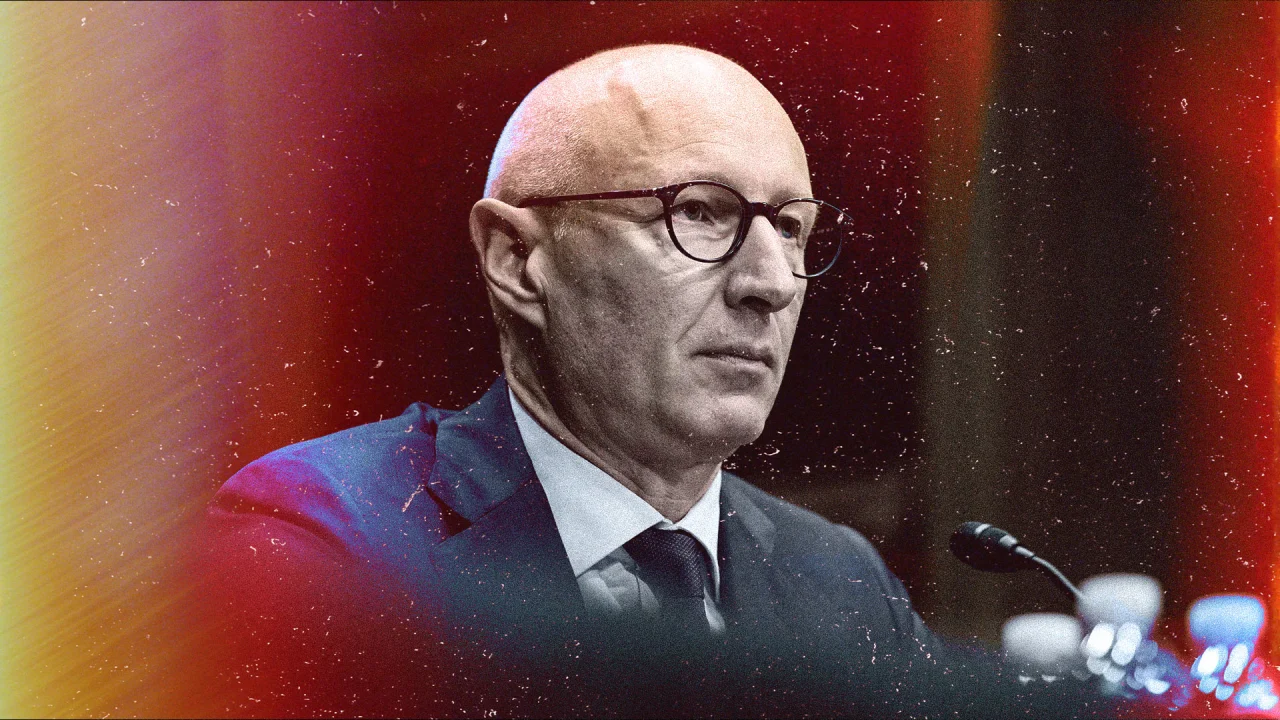


![[Weekly funding roundup May 10-16] Large deals remain a no-show](https://images.yourstory.com/cs/2/220356402d6d11e9aa979329348d4c3e/Weekly-funding-1741961216560.jpg)







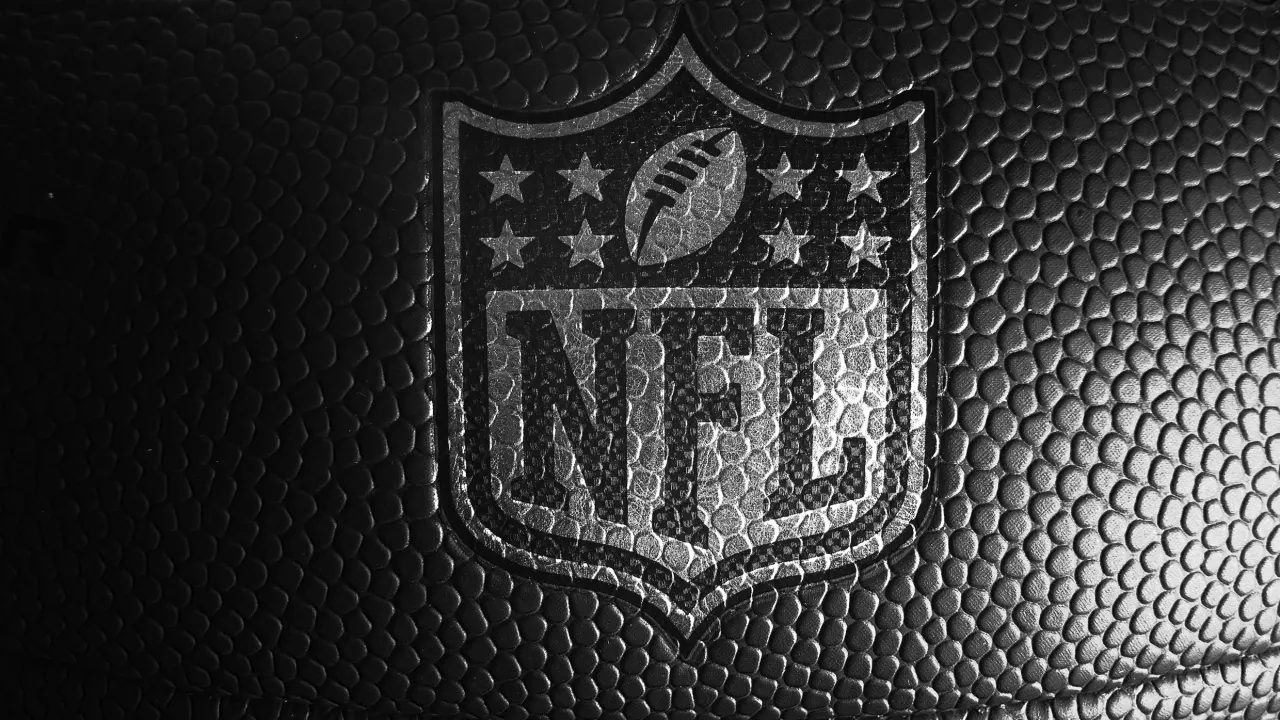
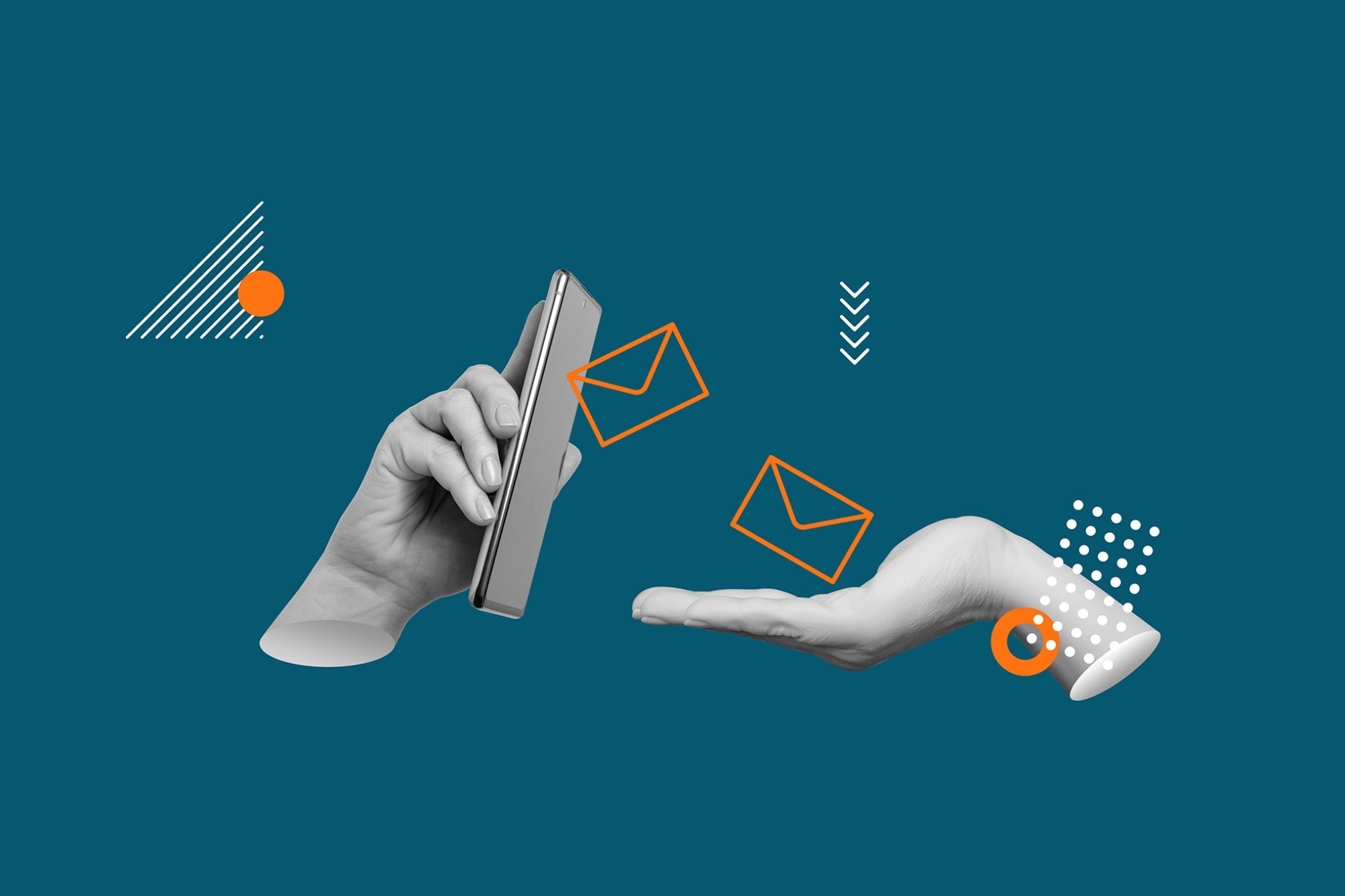





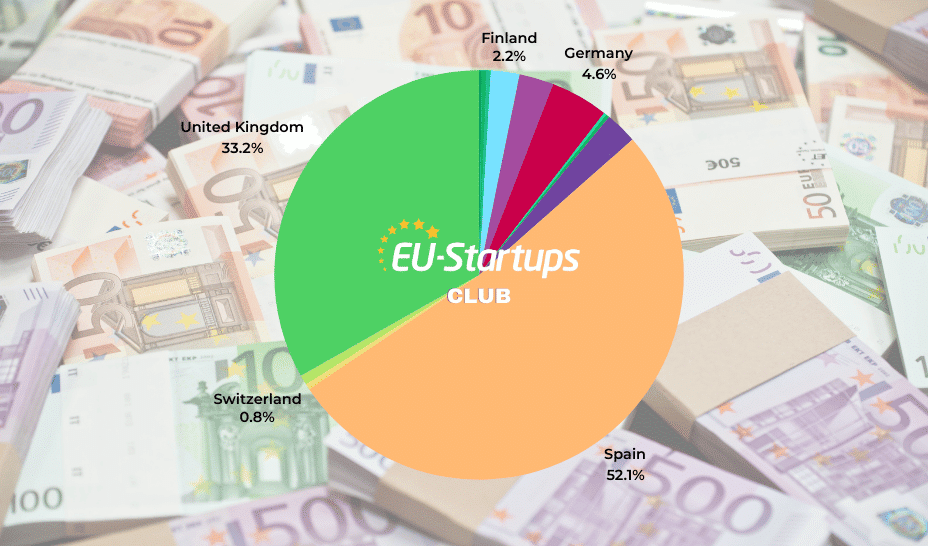

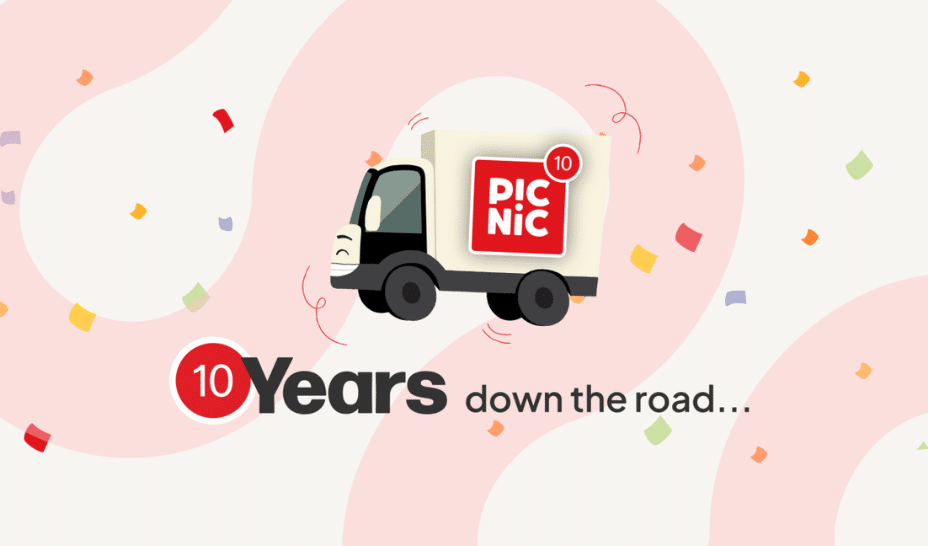







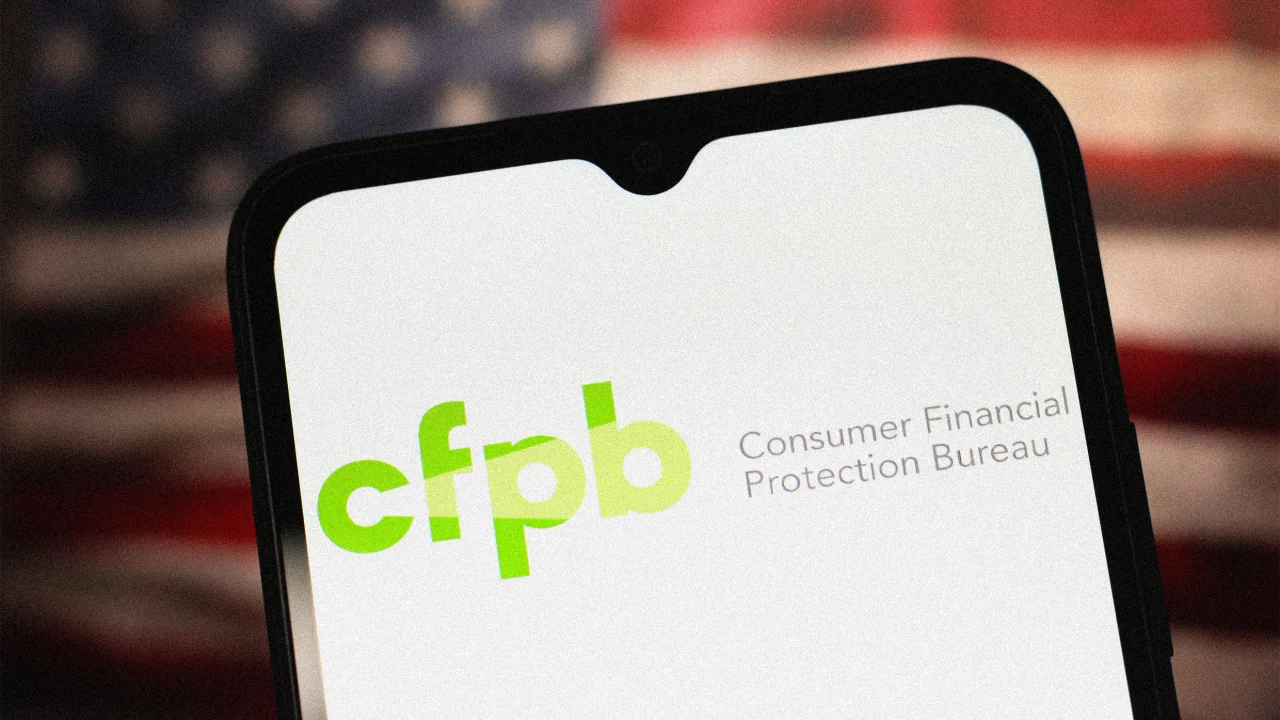







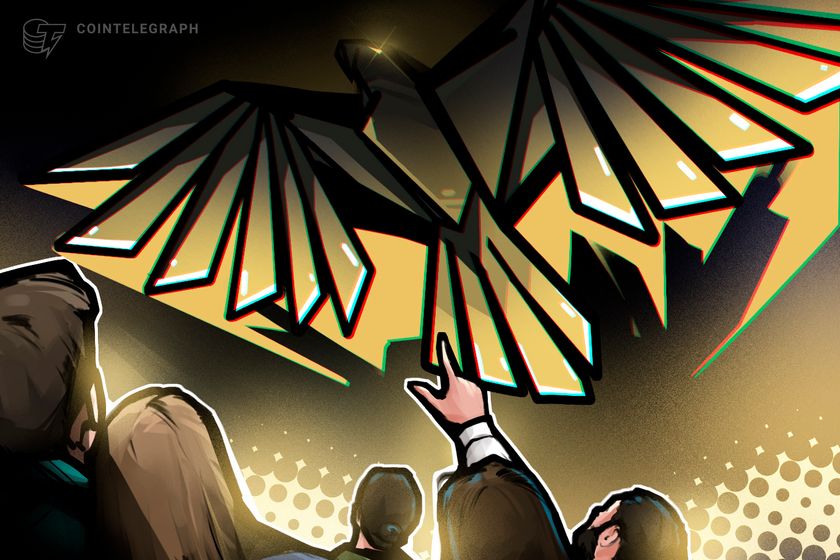
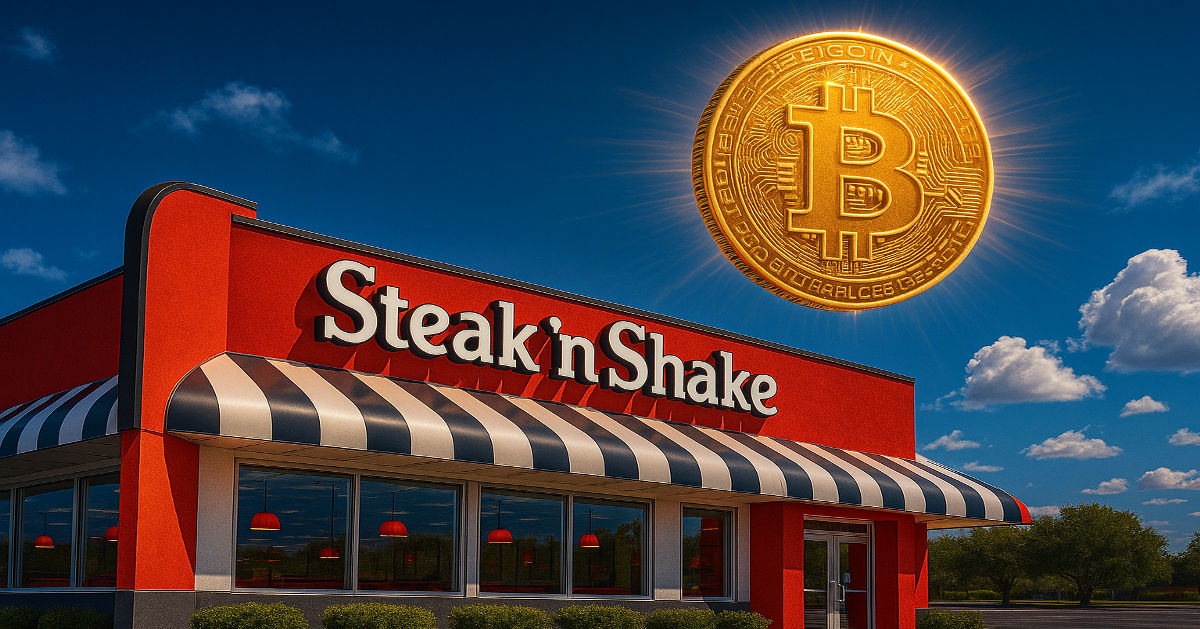
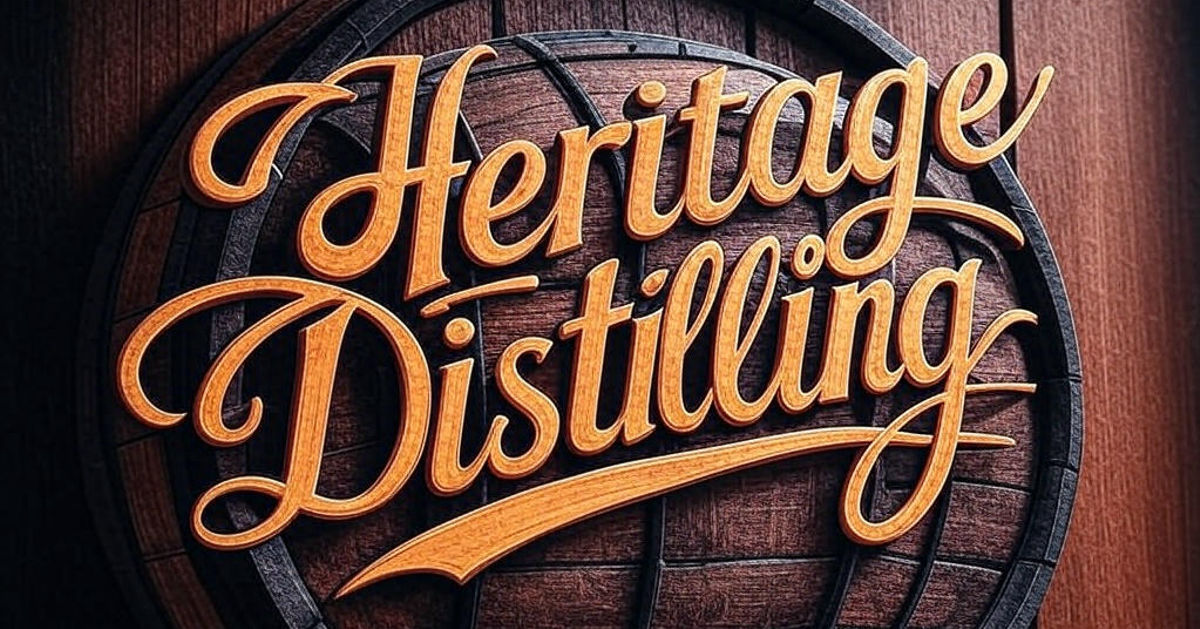





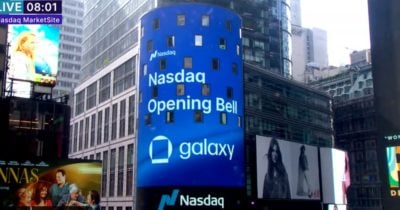




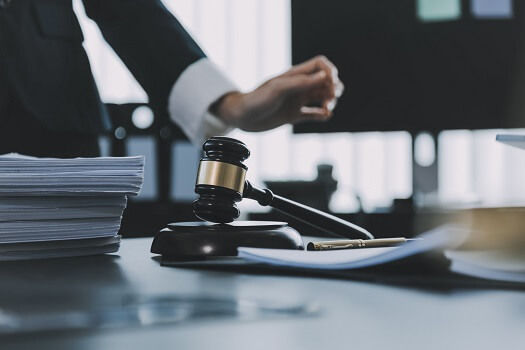
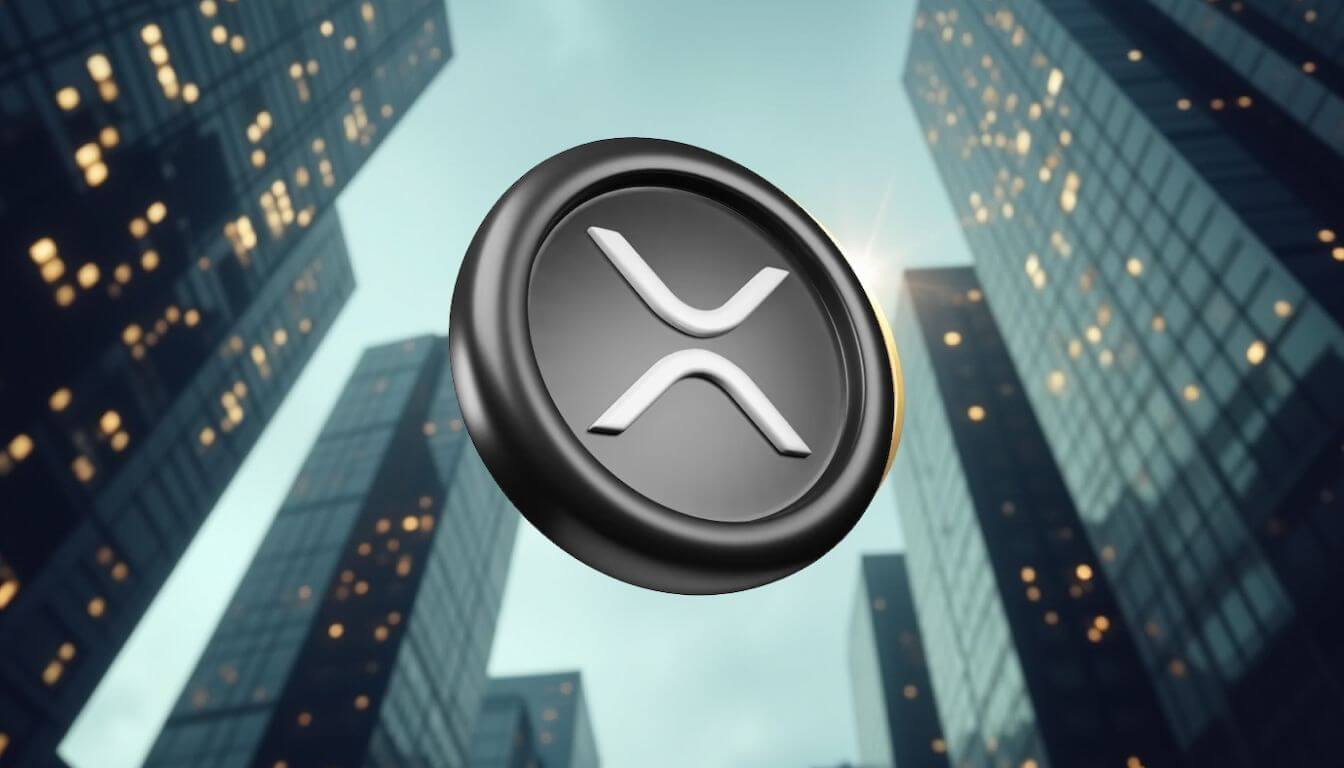









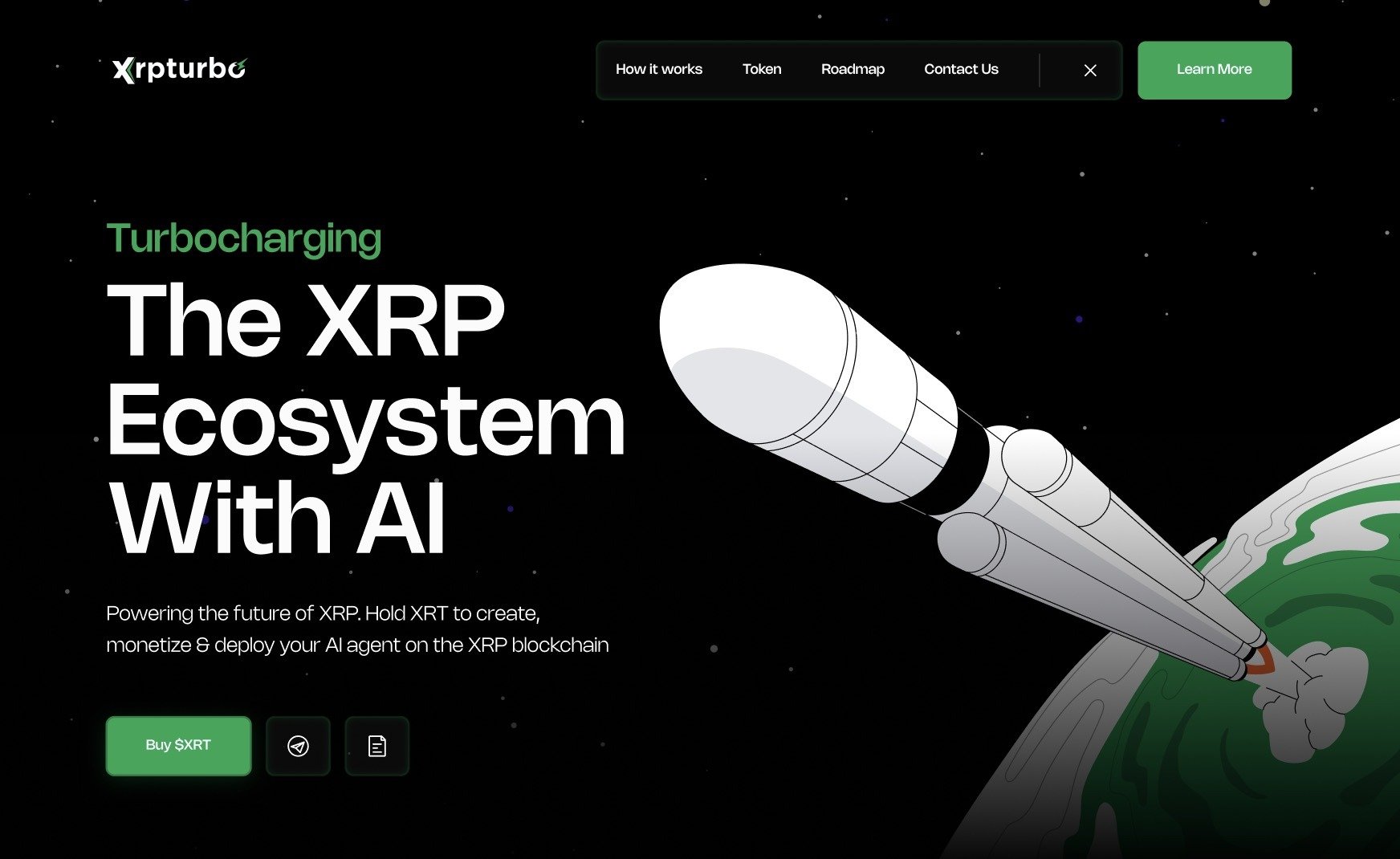
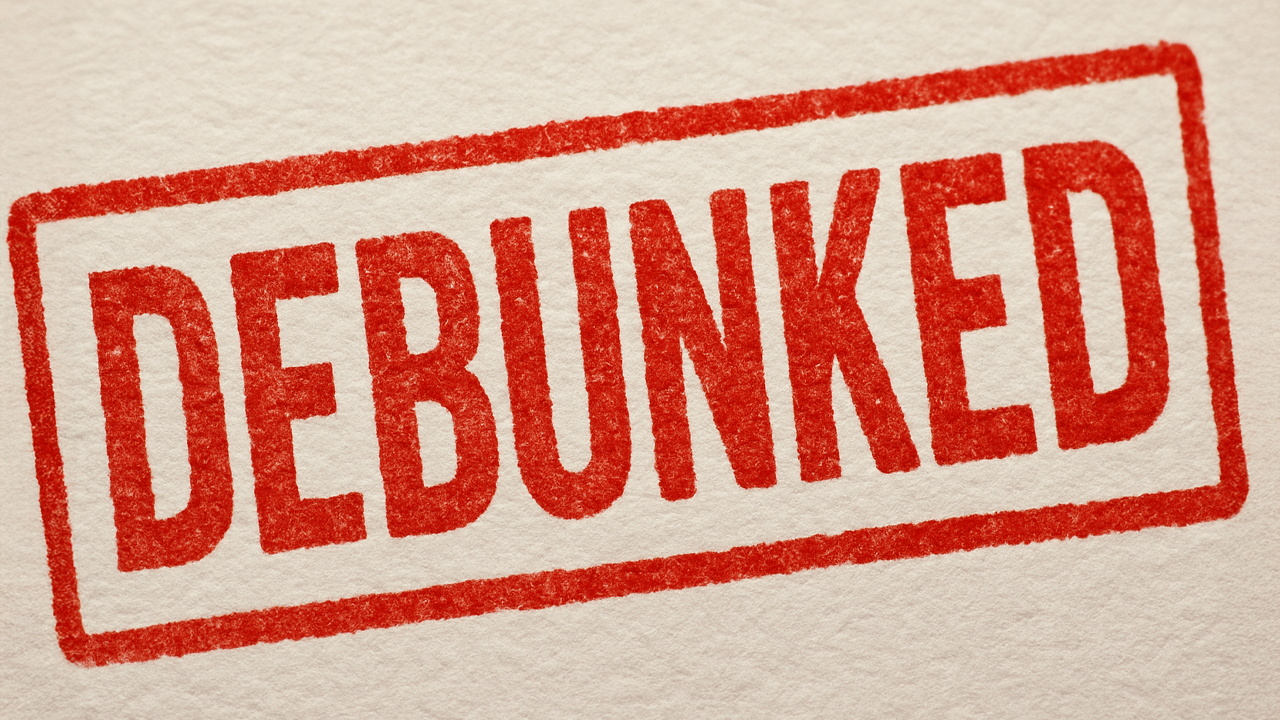
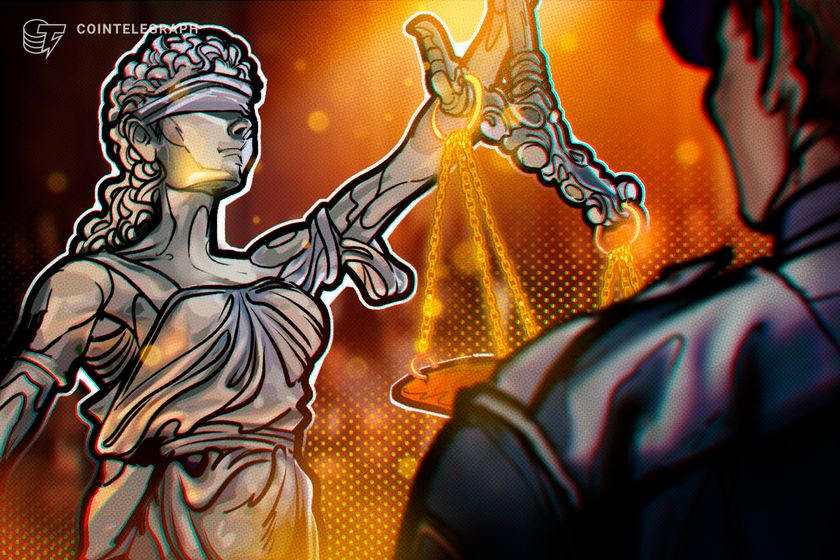
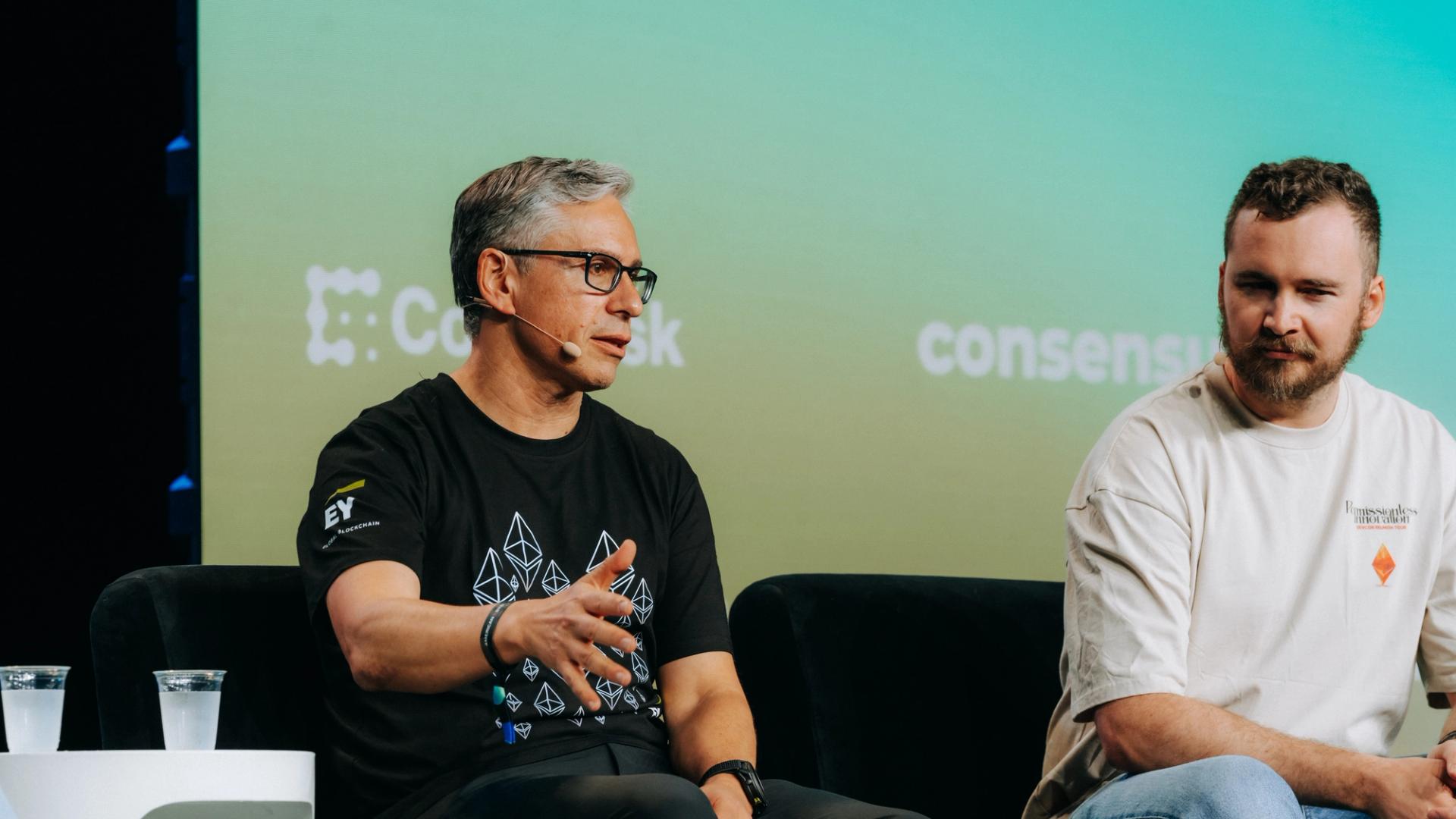
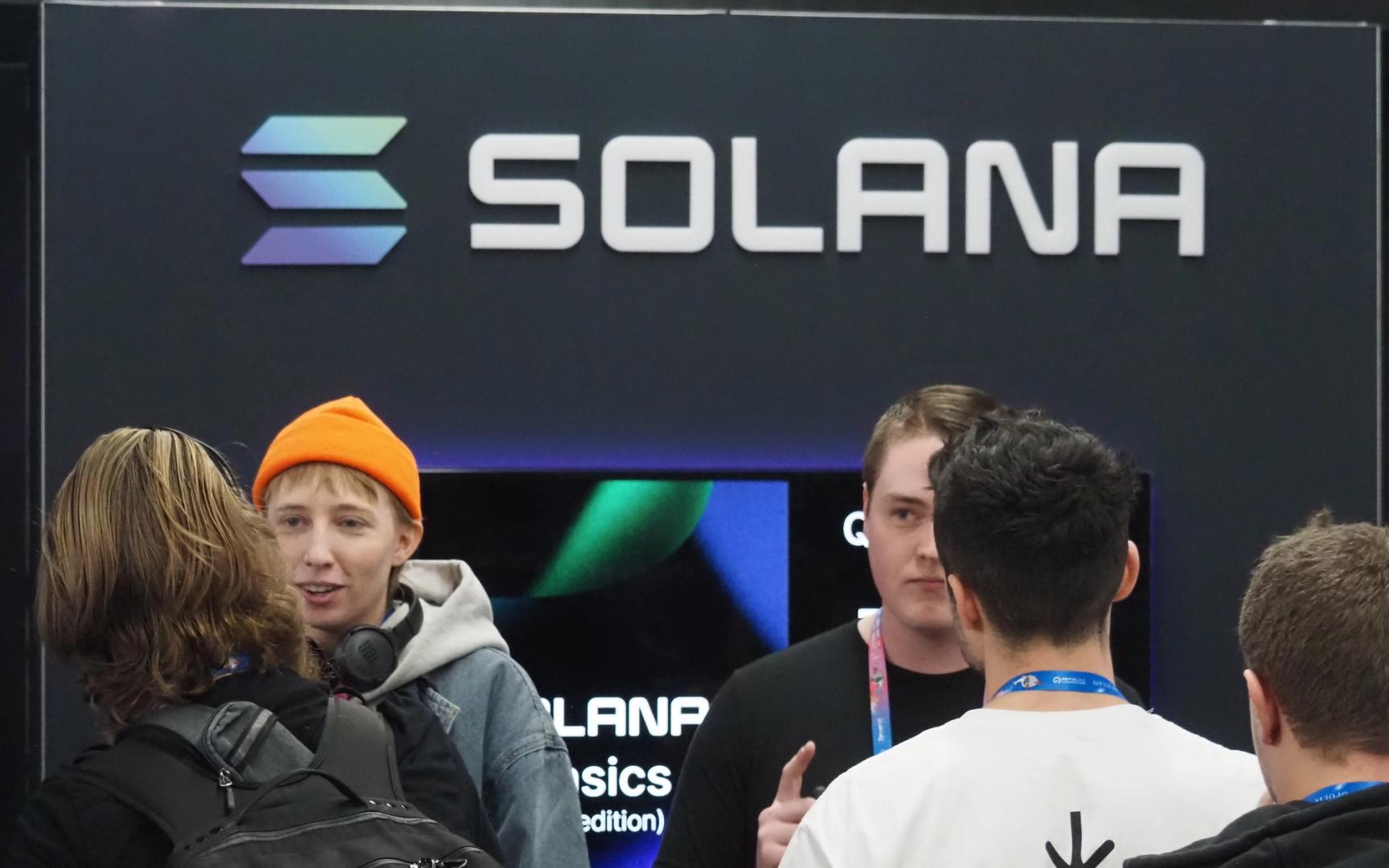
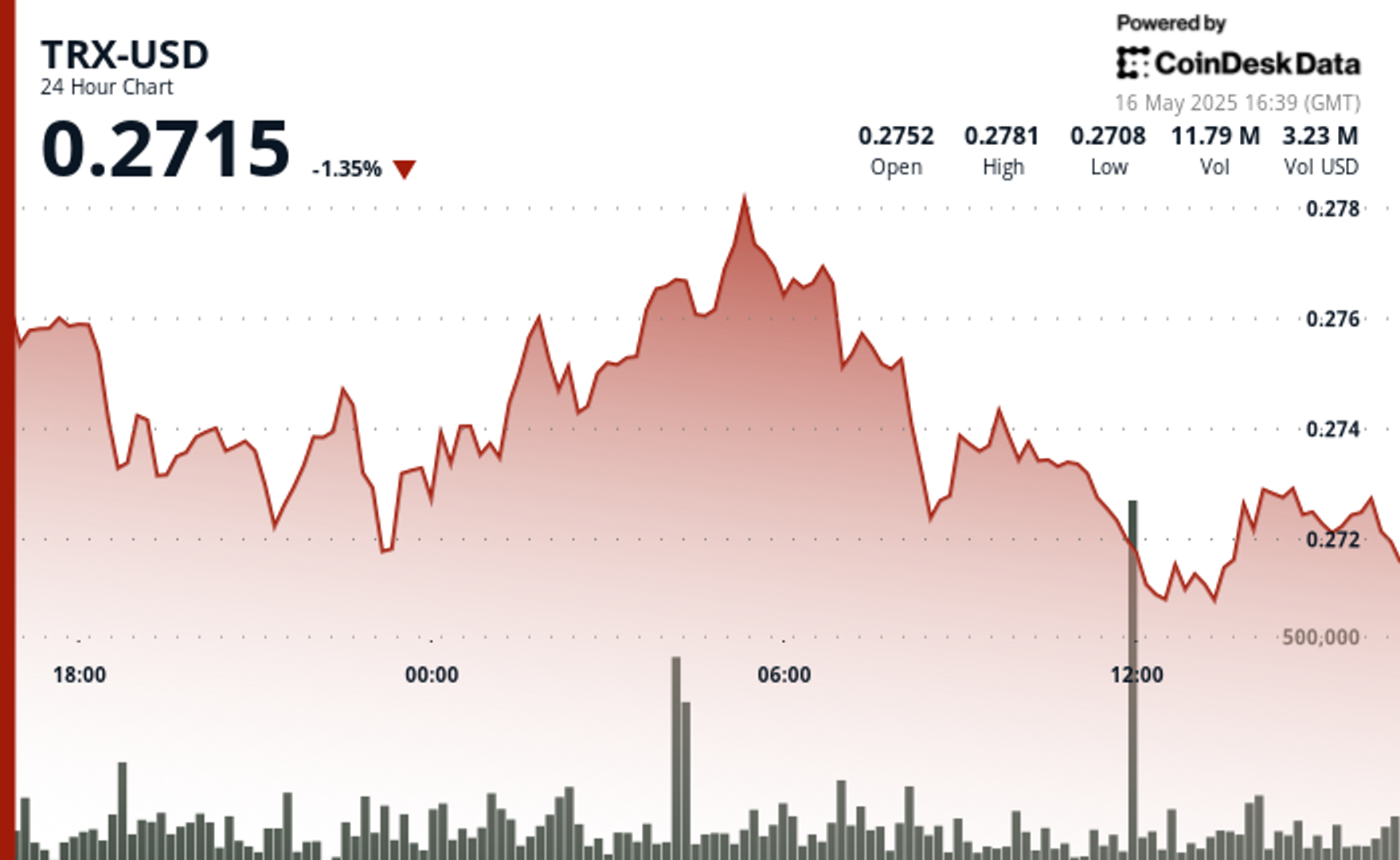









![Epic Games: Fortnite is offline for Apple devices worldwide after app store rejection [updated]](https://helios-i.mashable.com/imagery/articles/00T6DmFkLaAeJiMZlCJ7eUs/hero-image.fill.size_1200x675.v1747407583.jpg)









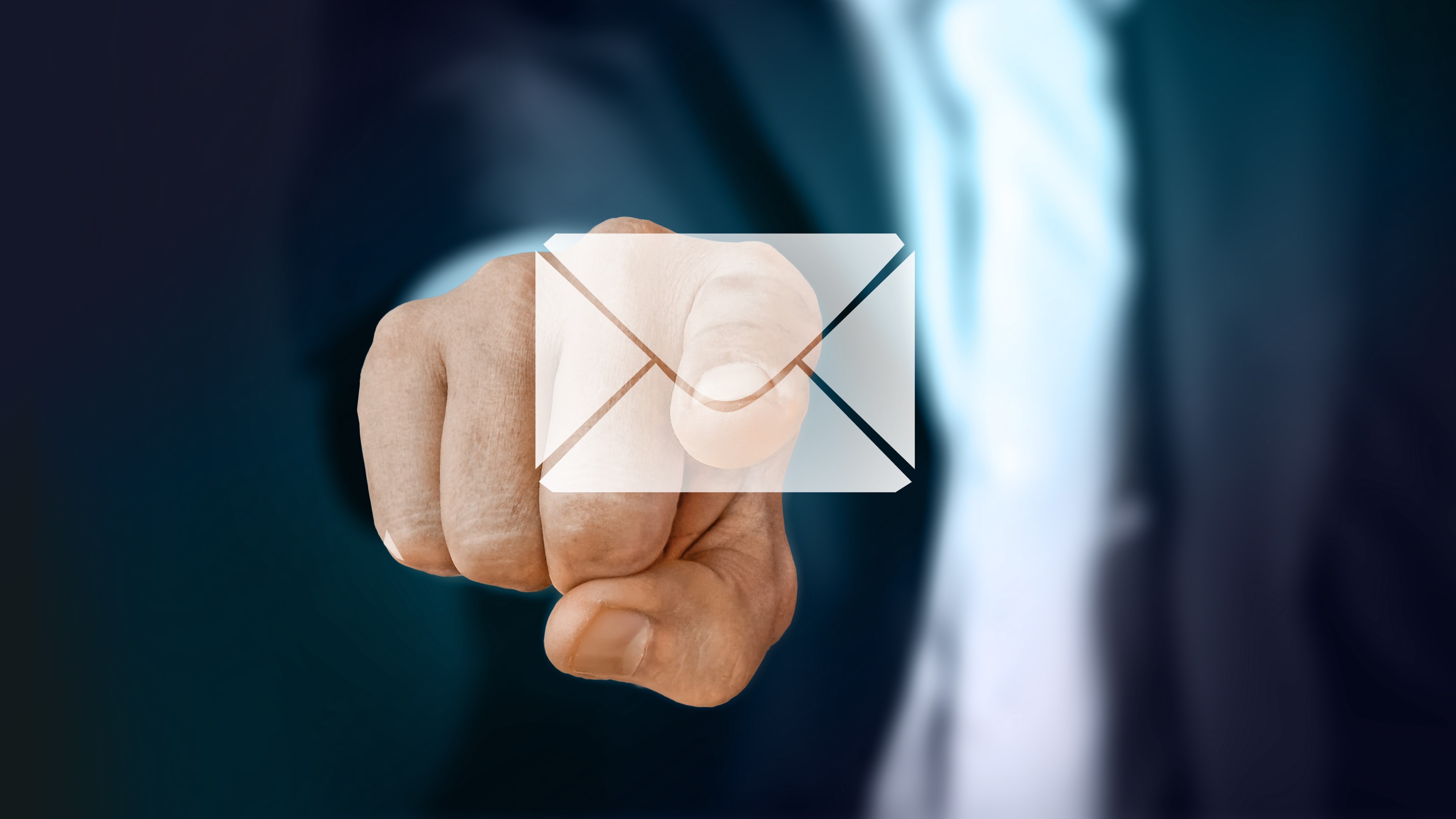







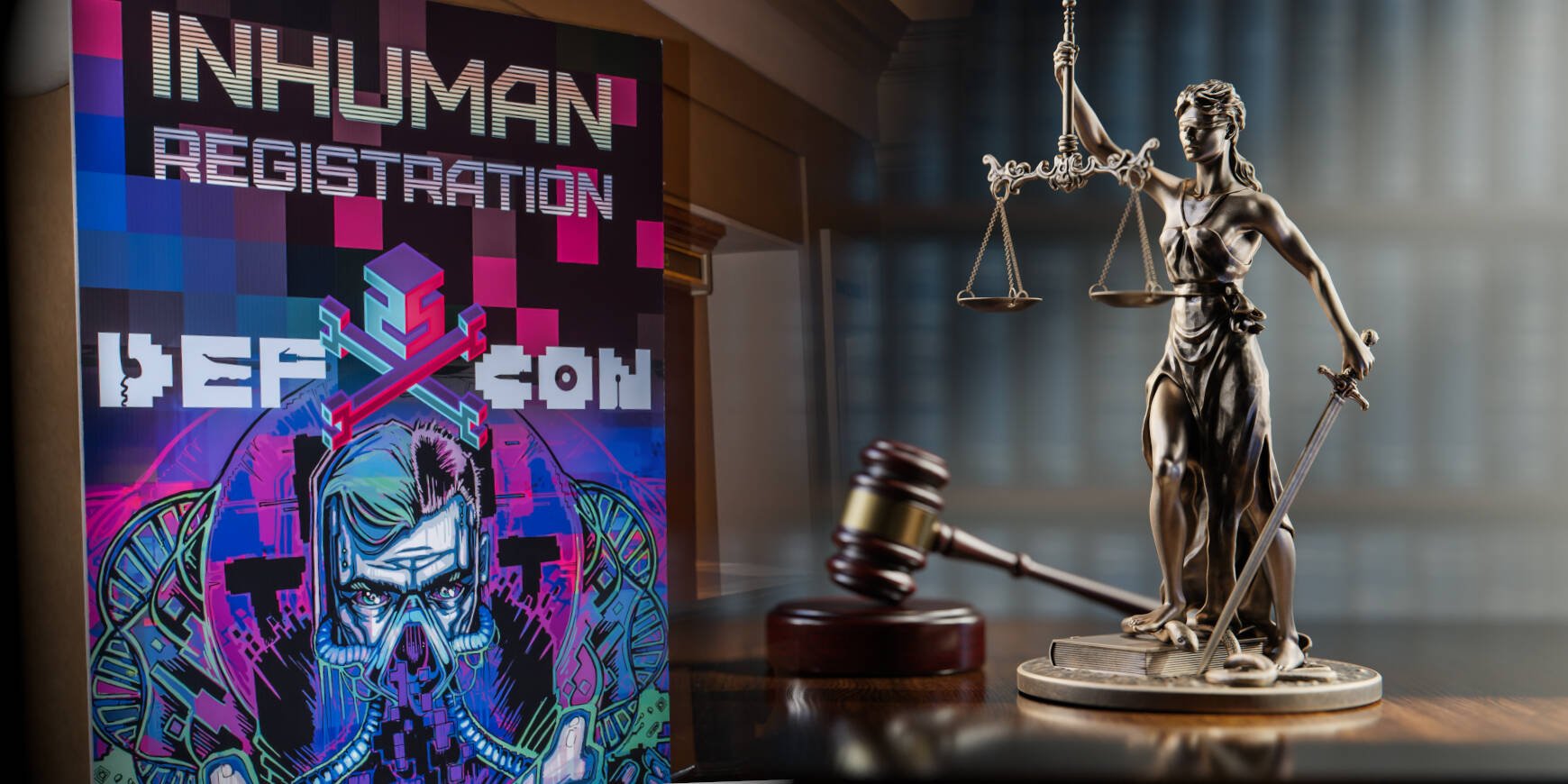


























.jpg)









